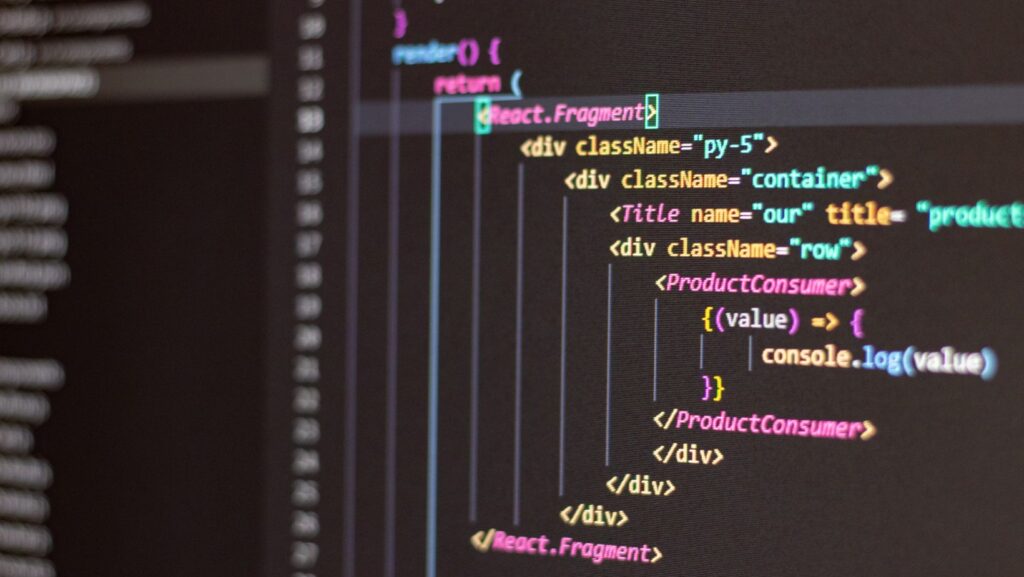Software Design Tools
In the fast-paced world of software development, having the right tools can make all the difference. Software design tools are essential for creating efficient, user-friendly, and visually appealing  applications. These tools empower developers to bring their ideas to life, streamline the design process, and collaborate effectively with team members. From wireframing to prototyping, these tools offer a wide range of features to enhance productivity and creativity in the software development workflow. Stay tuned to discover the top software design tools that can revolutionize the way you approach designing digital solutions.
applications. These tools empower developers to bring their ideas to life, streamline the design process, and collaborate effectively with team members. From wireframing to prototyping, these tools offer a wide range of features to enhance productivity and creativity in the software development workflow. Stay tuned to discover the top software design tools that can revolutionize the way you approach designing digital solutions.
Software design tools play a pivotal role in the fast-paced realm of software development. They are essential for crafting efficient, user-friendly, and visually appealing applications. These tools empower developers to actualize their ideas, optimize the design process, and foster seamless collaboration within their teams. Ranging from wireframing to prototyping, these tools come equipped with a diverse array of features that elevate productivity and creativity in the software development workflow. Being aware of the top software design tools that can revolutionize the approach to creating digital solutions will be intriguing.
Benefits of Using Software Design Tools
- Enhanced Efficiency: Using software design tools streamlines the design process, allowing developers to work more efficiently on creating applications.
- Improved Collaboration: These tools facilitate effective collaboration among team members, enabling seamless communication and sharing of ideas.
- Visual Appeal: Software design tools help in creating visually appealing interfaces and designs, enhancing the overall user experience of the applications.
- Productivity Boost: By offering various features like wireframing and prototyping, these tools enhance productivity and creativity in the software development workflow.
- Innovation Stimulation: Software design tools encourage innovative thinking and experimentation, leading to the development of unique and cutting-edge digital solutions.
Popular Software Design Tools in the Market
Tool A is a versatile software design tool that offers a comprehensive set of features for wireframing, prototyping, and visual design. It provides a user-friendly interface, making it easy for developers to create mockups and prototypes quickly. With robust collaboration capabilities, Tool A enables teams to work seamlessly on design projects, ensuring smooth communication and  efficient workflow.
efficient workflow.
Tool B is a leading software design tool known for its intuitive design capabilities and advanced prototyping features. It allows developers to create interactive prototypes with ease, helping them visualize and test their designs efficiently. With a vast library of design elements and templates, Tool B empowers designers to bring their ideas to life effectively. Moreover, its integration with other development tools enhances overall workflow efficiency.
Tool C is a popular choice among developers for its innovative design solutions and diverse feature set. From wireframing to final design, Tool C offers a seamless design experience with powerful editing tools and real-time collaboration features. Its compatibility with various platforms and devices makes it a versatile tool for designing responsive interfaces. Tool C’s emphasis on user experience design and usability testing ensures the creation of visually appealing and functional applications.
Factors to Consider When Choosing Software Design Tools
 When selecting software design tools, developers should weigh various factors to ensure optimal outcomes. Here are essential considerations:
When selecting software design tools, developers should weigh various factors to ensure optimal outcomes. Here are essential considerations:
- Features: Evaluate the features offered by each tool to match the specific needs of the project, such as wireframing, prototyping, collaboration, and user experience design.
- Ease of Use: Choose tools with intuitive interfaces and user-friendly functionalities to streamline the design process without steep learning curves.
- Compatibility: Ensure that the software design tools are compatible with existing workflows, platforms, and technologies to facilitate seamless integration.
- Scalability: Opt for tools that can scale with the project requirements and team size, accommodating growth and evolving design needs.
- Collaboration Capabilities: Select tools that promote real-time collaboration, comments, feedback sharing, and version control to enhance team productivity.
- Cost: Consider the pricing structure, licensing options, and affordability of the software design tools to align with budget constraints and maximize value.
- Support and Updates: Check the availability of reliable customer support, documentation, training resources, and frequency of updates to ensure ongoing assistance and access to new features.
By carefully evaluating these factors, developers can choose the most suitable software design tools that align with their project goals and requirements.



